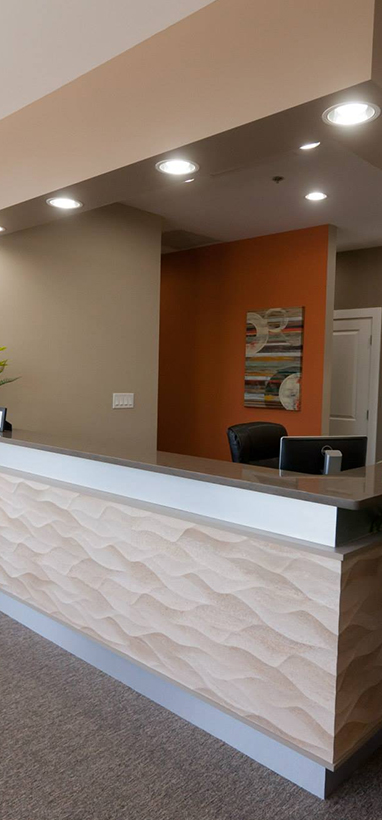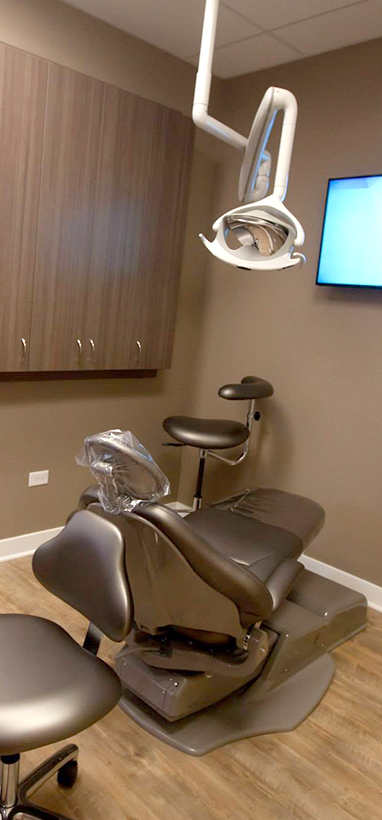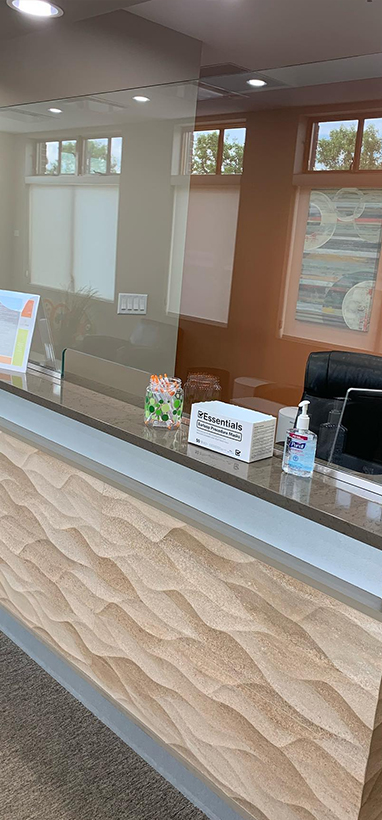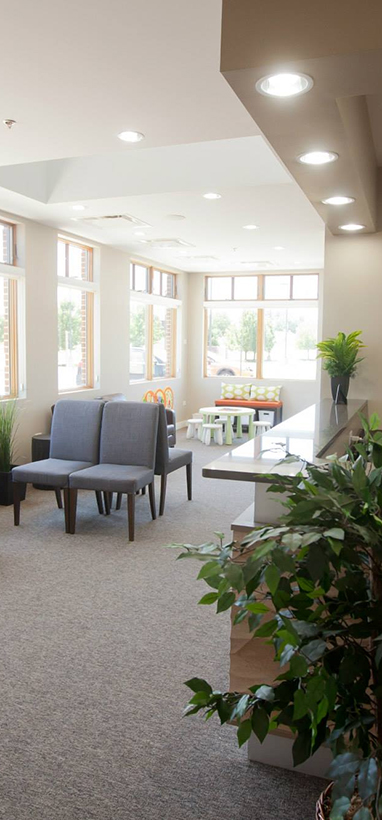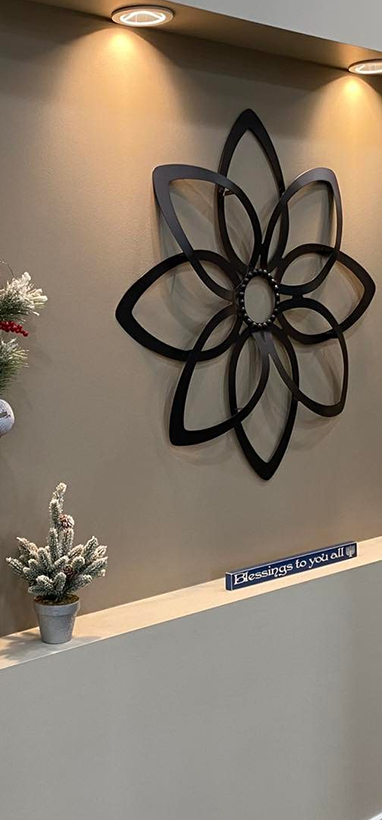1516 Legacy Cir, Naperville, IL 60563
Do veneers straighten teeth just like braces?

Achieving a perfect smile is a common goal for many, but when it comes to straightening teeth, the question often arises: Can veneers be as effective as braces? While having straight teeth certainly enhances appearance, it’s important to understand that proper alignment is also crucial for maintaining good oral health. Misaligned teeth can lead to a host of issues, including tooth decay, gum disease, and even jaw discomfort.
For years, braces have been the go-to solution for correcting misalignments. However, veneers offer a quicker, less invasive alternative for those mainly focused on aesthetics.
So, do veneers actually straighten teeth, or are they purely cosmetic? This blog will dive into the key differences between veneers and braces, helping you make an informed choice based on your needs.
What Are Veneers?
Veneers are ultra-thin, custom-made shells that cover the front surface of teeth. Typically made from either porcelain or composite resin, they are bonded to your teeth to improve their appearance almost instantly. People opt for veneers to address various cosmetic concerns like chips, cracks, stains, or minor gaps between teeth.
Porcelain veneers are especially popular due to their durability and natural appearance. They closely mimic the way light reflects off natural teeth and are highly resistant to staining, making them a long-lasting choice for a smile makeover.
Composite resin veneers, while more affordable, are less durable than porcelain. However, they are still a great option for improving the look of your teeth. Composite veneers are also easier to repair if they chip or become damaged.
It’s important to note that veneers are primarily used for cosmetic purposes. They can significantly enhance the look of your smile in just a few dental visits. Whether you’re dealing with discoloration, small misalignments, or other minor imperfections, veneers offer a fast and effective way to achieve a more uniform and aesthetically pleasing smile.
How Braces Work
Mechanism:
Braces work by gradually applying constant pressure to your teeth, guiding them into their correct positions. This process typically involves a system of brackets, wires, and elastic bands.
Brackets are fixed to each tooth, and the wire that connects them is periodically adjusted to apply pressure, gradually moving the teeth into better alignment. Braces are highly effective for correcting a range of dental issues, from overcrowding and gaps to bite problems.
Types of Braces:
- Traditional Metal Braces: These are the most commonly used type of braces. Made from high-grade stainless steel, they are very effective at correcting even the most severe misalignments. Although they are more visible than other options, advancements have made them smaller and more comfortable.
- Ceramic Braces: These work similarly to metal braces but use clear or tooth-colored brackets, making them less noticeable. However, they are more fragile and may require more careful maintenance.
- Lingual Braces: These are attached to the back of your teeth, making them invisible from the front. While they offer a discreet solution, they can be less comfortable and more expensive due to their customized nature.
- Clear Aligners (e.g., Invisalign): These are a modern alternative to braces, consisting of a series of removable, custom-made trays that gradually move your teeth into alignment. They are virtually invisible and can be taken out for eating or brushing. However, they may not be suitable for more complex orthodontic issues.
Timeframe and Effectiveness:
The duration of treatment with braces varies depending on the severity of the case, ranging from 18 months to 3 years on average. Regular adjustments are necessary to ensure the teeth are moving as they should. Braces are highly effective in treating a wide range of dental problems, including:
- Crowded Teeth: Braces can create space and align crowded teeth, improving both function and appearance.
- Gaps: They can close gaps between teeth, shifting them into the proper position.
- Bite Issues: Whether you have an overbite, underbite, or crossbite, braces can correct these alignment problems.
- Jaw Alignment: Braces can also help correct jaw alignment issues, which can alleviate discomfort and improve chewing function.
Can Veneers Straighten Teeth?
Addressing the Myth:
While veneers can give the appearance of straight teeth, they don’t actually straighten teeth in the same way braces do. Veneers are placed over the front surface of the teeth, masking imperfections like slight misalignments, chips, or discoloration. However, they do not move or reposition teeth, so issues like crowding, gaps, or bite misalignments remain unaddressed.
When Are Veneers a Good Option?
Veneers are an excellent choice if you have minor alignment issues or are mainly concerned with improving the cosmetic appearance of your teeth. For example, if you have a small gap or a tooth that is slightly out of place, veneers can offer a fast, effective solution. They are particularly appealing to those who want to avoid the long-term commitment that braces require, as veneers can be applied in just a few visits.
However, it’s important to remember that veneers do not correct the root causes of misalignment. They are ideal for people whose primary goal is cosmetic enhancement, not structural correction.
Veneers vs. Braces: Which Should You Choose?
Straightening your teeth is not just about aesthetics; it also plays a significant role in your overall oral health. Misaligned teeth can lead to various problems, from tooth decay and gum disease to difficulty chewing and even speech issues. Both veneers and braces offer solutions, but they serve different purposes.
- Veneers are perfect for a quick cosmetic fix and ideal for minor imperfections like slight misalignments, chips, or stains.
- Braces are the more comprehensive solution, addressing not only cosmetic concerns but also structural issues like bite alignment, crowding, and gaps.
If your primary concern is appearance and you have minor dental imperfections, veneers may be the right choice for you. However, if you want to correct significant alignment issues, braces are the better long-term solution.
The best way to decide is to consult with your dentist or orthodontist, who can evaluate your unique situation and recommend the most appropriate treatment. By making an informed decision, you can achieve a smile that is not only beautiful but also healthy.





